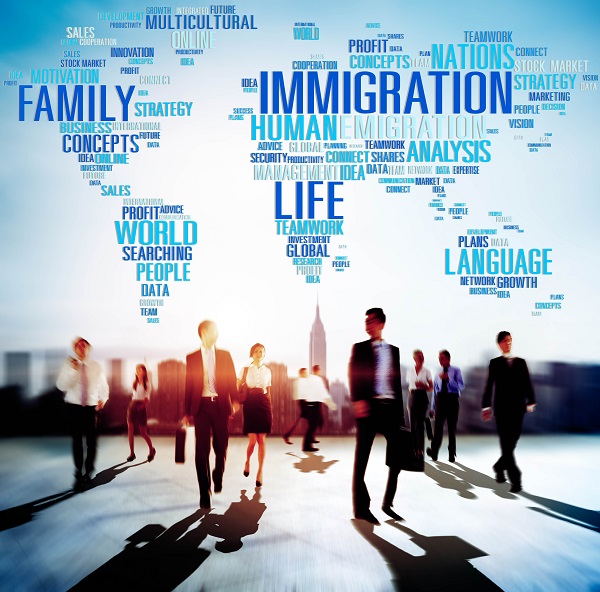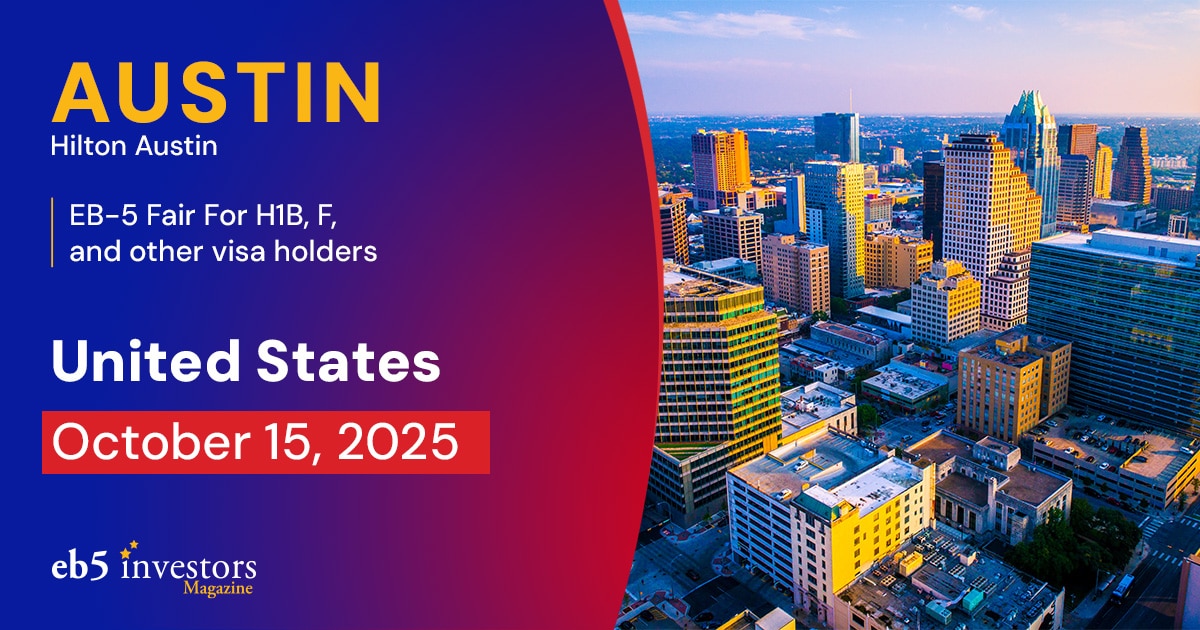
By Joseph Barnett and Bernard Wolfsdorf
The Department of State (DOS) significantly advanced the “Chart A” final action date for EB-5 Mainland China, Vietnam, and India in the visa bulletin for March 2020.
• The Mainland China final action date moved six months from Dec. 1, 2014 to May 15, 2015.
• The Vietnam final action date moved one month from Dec. 15, 2016 to Jan. 15, 2017
• The India final action date moved nearly two months from Sept. 1, 2018 to Oct. 22, 2018
Additionally, the Mainland China “Chart B” date for filing leaped seven months from May 15, 2015 to Dec. 15, 2015. The Vietnam and India “Chart B” date for filing remains current.
Regarding the big leap for Mainland China EB-5, the visa bulletin states that “This action has been taken in an effort to generate an increased level of demand. Despite the large amount of registered China fifth preference demand, currently there are not enough applicants who are actively pursuing final action on their case to fully utilize the amount of numbers which are expected to be available under the annual limit.”
As indicated by DOS’s Charlie Oppenheim, EB-5 Mainland China applicants are not responding to NVC’s requests for information in order to become “documentarily qualified,” which includes paying processing fees, completing the online DS-260 Immigrant Visa Application, and collecting supporting civil documents, such as birth, marriage, and police certificates.
Oppenheim emphasized the advancement predates the novel coronavirus outbreak and temporary closure of the U.S. Consulate in Guangzhou. The exact impact of the coronavirus on EB-5 China visa number usage is unknown.
The advancement of the “Chart B” date for filing opens the opportunity for Mainland Chinese EB-5 immigrant investors lawfully in the U.S. to file adjustment of status applications, as well as applications for advance parole and employment authorization. Applicants should be aware of USCIS’ 30/60-day rule and the potential impact of DOS’ 90-day rule on such filings. Applicants will also be required to include the new Form I-944, Declaration of Self-Sufficiency for each family member.
Notably, it is USCIS’ position that the filing of an adjustment of status application based on a current priority date under the “Chart B” date for filing does not “lock-in” a derivative child’s age under the Child Status Protection Act. However, because a child’s age is automatically locked in once the priority date becomes current under the “Chart A” final action date, it may save valuable months waiting for the National Visa Center to issue a fee bill. This is particularly true in the event of future retrogression, which the Visa Bulletin for March 2020 suggests will occur as it states that “Once large numbers of applicants do begin to have their cases brought to final action, some type of corrective action may be required to control number use within the annual limit.”
Of course, any unauthorized employment or “out of status” issues can be problematic unless the EB-5 investor has section 245(i) protection from having filed for a green card before April 30, 2001.
Immigrant investors should take action, if possible, during this likely short-lived opportunity. USCIS has previously allowed employment adjustments from Oct. 1, the beginning of the fiscal year but keeping it open through March is a good step forward to ensure all visa numbers are used. In prior years, the full quota was not allocated, and the purpose of Chart B is to ensure all available visa are allocated.
DISCLAIMER: The views expressed in this article are solely the views of the author and do not necessarily represent the views of the publisher, its employees. or its affiliates. The information found on this website is intended to be general information; it is not legal or financial advice. Specific legal or financial advice can only be given by a licensed professional with full knowledge of all the facts and circumstances of your particular situation. You should seek consultation with legal, immigration, and financial experts prior to participating in the EB-5 program Posting a question on this website does not create an attorney-client relationship. All questions you post will be available to the public; do not include confidential information in your question.








